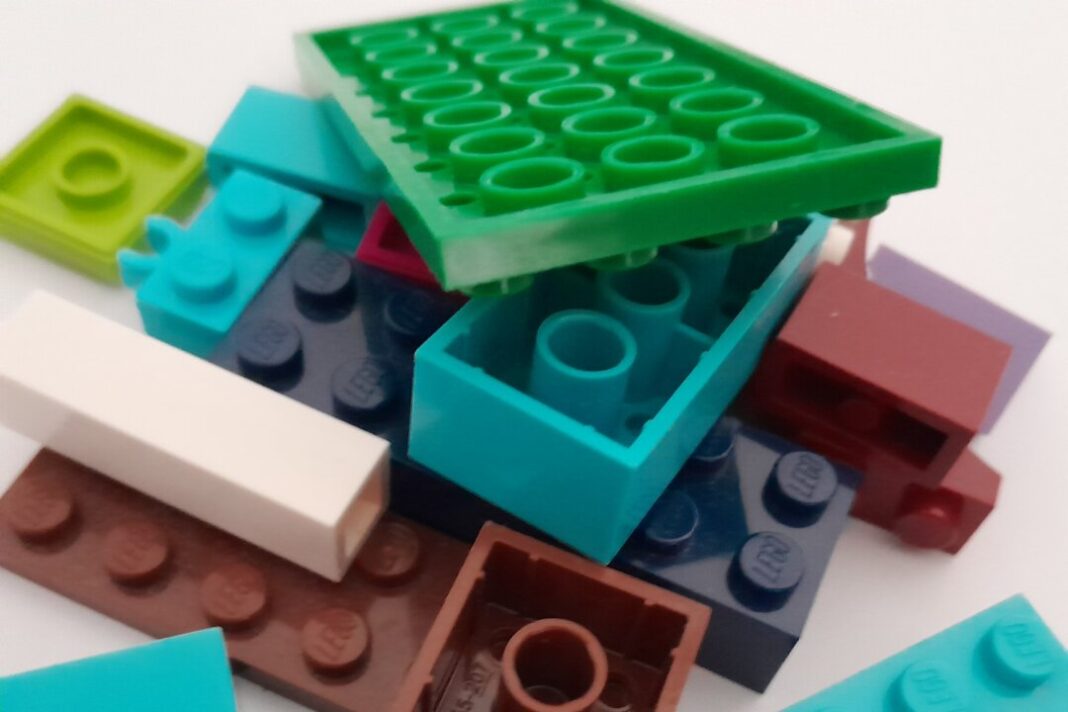A contemporary study showed that toys could be a good tool to assist with fractures due to professional boundaries between midwifery and medical scholars.
On the other hand, if started too early, students may also be set up for ongoing positive association.
The analysis found that working together every opportunity to develop a delivery room made students more comfortable working together, which prepared them for professional collaboration.
McNeil noted that socializing between other professions is impactful for breaking down unhealthy boundaries between areas, especially for individuals who work in high-stakes clinical gardens.
Why is collaboration worth noting?
McNeil advised The Epoch Instances in an email that candid discussion and interaction between midwives and obstetricians is paramount to offering a top-notch woman-centered offering.
“In today’s health care landscape, a collaborative approach that respects women’s choices and actively involves them in decision-making is paramount,” she said.
It found that planning for delivery was associated with increased perceived support and control in labor, reduced supply anxiety, and moderated psychotic symptoms of depression and PTSD.
McNeil noted that by working on the roles, strengths, and barriers to each option, midwives and obstetricians can seamlessly collaborate to support girls during pregnancy and childbirth.
icebreaker
The information included a layout of workshops between 2018 and 2020. In the workshops, second and third year midwifery students and third and fourth year medicine students from Flinders College were asked to develop a delivery room out of Lego. In combination.
Gum said the researchers enjoyed focusing on the diverse interactions of the mixed student groups.
He noted such conversations involved sharing the scope of skilled birth studies, ideas, and rearing lives while seeking to prioritize the location of kits and characters.
The duty stimulated dialogue and conversation, allowing scholars to share and compliment others’ views on the birthing proposal.
Gum noted, “We saw immediate benefits of the icebreaker, noting that students continued to interact with each other during lunch breaks.”
Along with the development activity, scholars received pre- and post-workshop surveys through which they were solicited about their study’s use of LEGO to facilitate communication and collaboration.
Initially, scholars reported skepticism. On the other hand, in post-workshop comments, scholars are of the view that duty has helped me break down disciplinary boundaries, allow frank discussion, and aid mutual working.
McNeil said the midwifery scholars enjoyed the discussion when they showed up to their clinical scholars within the healthcare facility and felt comfortable re-engaging in conversation with them.
They additionally noted that the interactive nature of the exercise led scholars to replicate many of the priorities in midwifery and hospital treatment, famous for holding more in high esteem of the roles of each option.
optional accessory toys
Learn from Lynn Gum, head of nursing and senior mentor at the University of South Australia, who said different materials other than Lego can help break down barriers and foster collaboration.
For example, plaid can also be creative in a team-building workout routine.
Gum noted, “Sculpture projects can encourage collaboration, sharing of ideas, and breaking down professional silos (boundaries between different divisions).”
Marshmallows, sticks, straws, newspaper, and tape can also be used as props.
“These activities promote the teamwork, communication and problem-solving skills necessary for effective inter-professional collaboration,” he said.
The Potential Virtue of Midwifery and Obstetrics Outdoors
McNeil said the icebreakers in this study can be transferred to a variety of interprofessional contexts when there is a need to break down barriers between professions and promote task clarity and collaboration.
For example, Gum said the work could also be adapted for all health care professionals, including nurses, doctors and surgeons.
“Creative challenges can help break down hierarchical barriers and foster a culture of collaboration,” Gum said.
“By exploring beliefs and perceptions, health care professionals can better understand each other’s roles and perspectives.
“This increased understanding can improve communication, teamwork, and patient care.”


